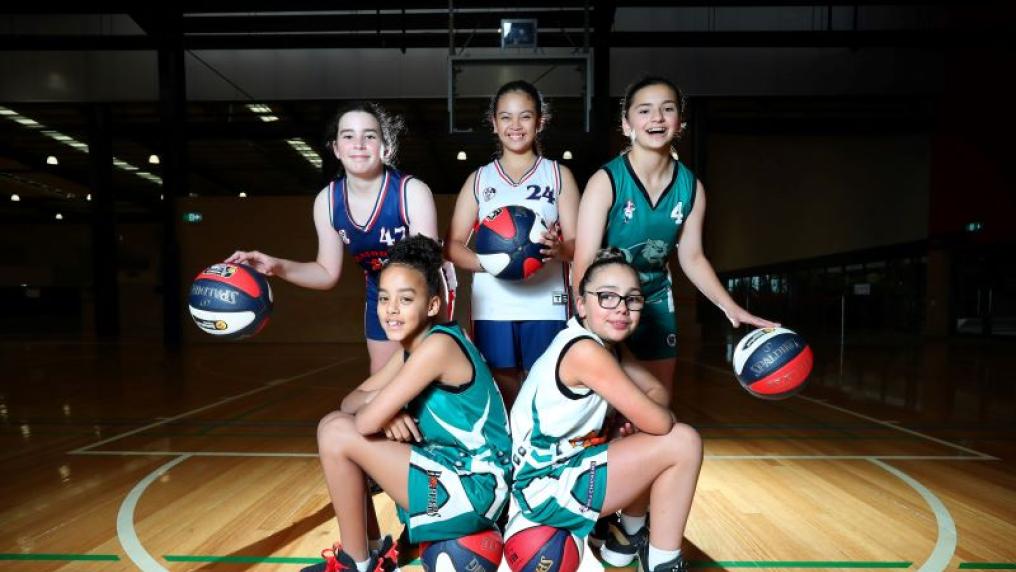Women & girls kick goals in 'male' sports

Victorian girls and women were joining community sport in greater numbers than ever, until COVID-19 hit, according to new Victoria University and Federation University research.
An analysis of more than five million participation records of the state’s 10 most popular sports* between 2015 and 2019 found that female participation rates grew across all age groups, particularly for girls aged five to 14.
About 34,000 more girls of this age group played sport in 2019 compared to four years earlier – an increase of about 5% – especially sports traditionally dominated by males such as Australian Rules Football, cricket, and basketball.
This compares with about 15,000 fewer boys playing sport in that same age group during the period.
Lead researcher Professor Rochelle Eime said the study (PDF), funded by VicHealth and Sport and Recreation Victoria, demonstrates female participation in club-based sport is changing for the better.
“It’s great to see that the policies, strategies and investments are working – from the top-down, through government and VicHealth, and from the bottom-up, from the clubs themselves,” she said.
“Boys and men have traditionally participated in club-based community sport, but with increased opportunities to play, we are seeing more girls than ever joining in.”
The growth rate for girls in sport was particularly strong in regional Victoria, where club sport extends into community life, especially in smaller centres. Here, the data showed about three-quarters of all girls aged 10-14 years participated in a community sport.
Sport more important than ever for girls & women
VicHealth’s health promotion operations manager Maya Rivis said it was promising to see more girls getting active through sports clubs, but more must be done.
“Being active at a young age helps girls develop healthy habits for life, but they continue to face greater barriers to playing sport than men and boys.
“After the difficulties of 2020, many women and girls were less active than usual, so it’s even more critical that we continue to support them to be active in a way that makes them feel good.”
Dr Eime acknowledged that while any growth rate in female sport participation was positive, the rates were small, and more work is required to build club infrastructure and volunteer numbers to make it easier for girls and women to get involved.
With 2020 being a write-off for most community sports due to COVID-19, this research is an important way to monitor how they recover across regions, age, and gender for healthier communities.
*The analysis examined participation records in: Australian Rules Football, basketball, cricket, soccer, gymnastics, hockey, netball, sailing, swimming, and tennis.
Learn more in this research summary (PDF).



